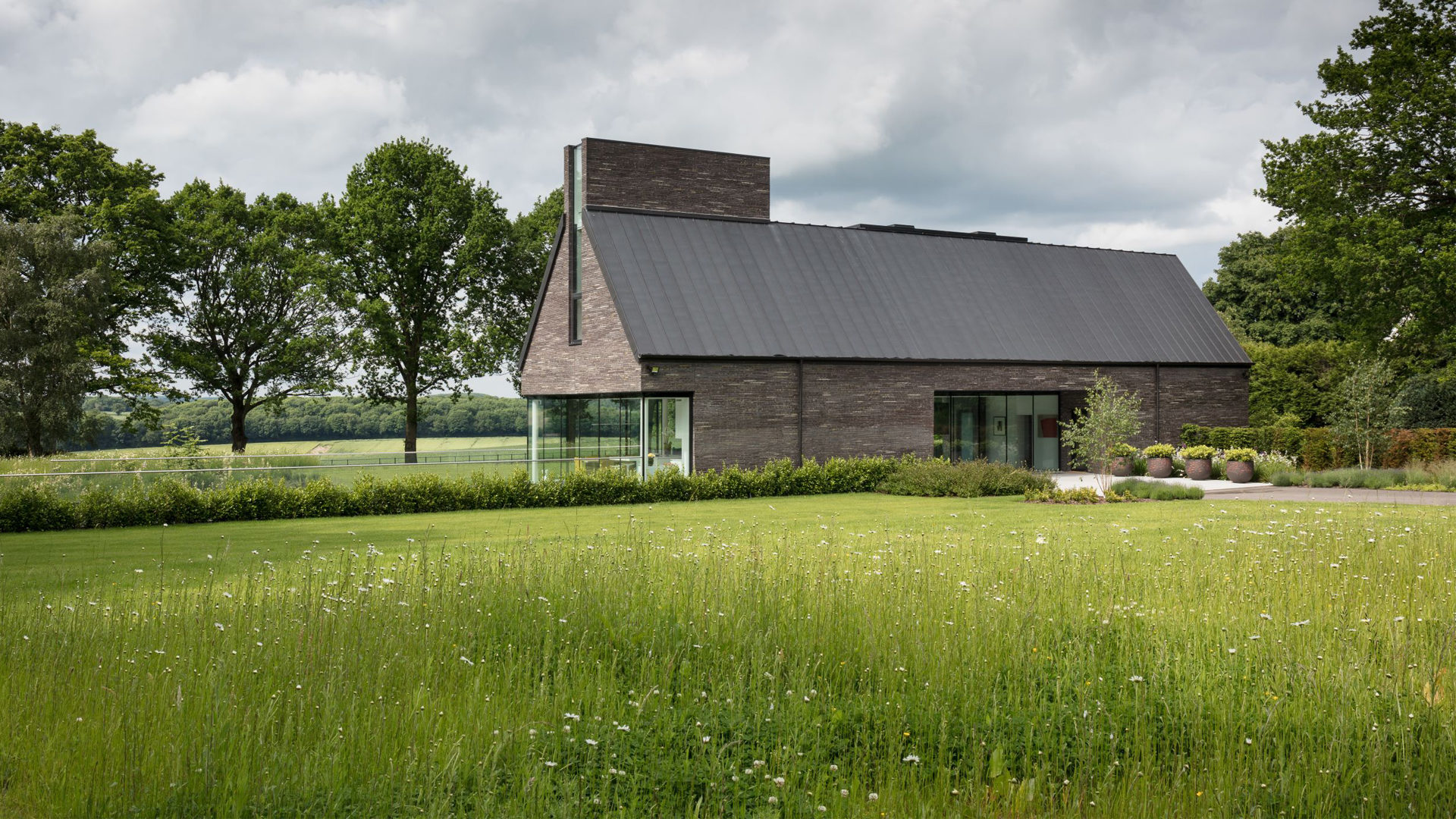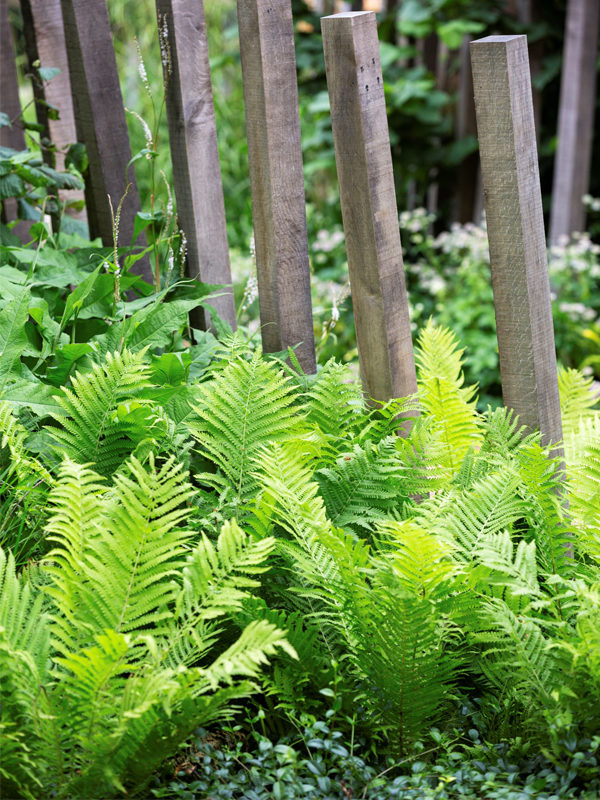
Whether it’s part of a formal garden or a more relaxed landscape style, rewilding is quickly becoming a popular request when it comes to landscape design. Design Director, James Smith, shares his expertise on wilder landscapes and the benefits it can bring.
Gardens come in all shapes and sizes, but the key aim of the design team at Bowles & Wyer is to design gardens that sit comfortably within their contextual setting. Some of their designs are created to be highly manicured gardens, complementing the impressive townhouses and mansions they belong to. Requiring high quality aftercare, you’re likely to find topiary, traditional shrubs, flowers, formal trees, bedding plants and of course, immaculate hard landscaping. Other schemes have traditional window boxes, often seen in areas such as Belgravia, Mayfair and Kensington. Some of this formality often creeps into suburban and country gardens too, where clients want a minimal design style and greater control over the landscape. Whilst some of this is driven by personal taste, sometimes it’s fed by the fear that gardens might get out of control and become too ‘wild’ if not kept in check.
However, wilder landscapes are becoming increasingly popular, and although naturalistic gardens are not a new phenomenon, recent years have brought a more concerted movement to work with the landscape, rather than against it. This is largely an attempt to get closer to nature, back to basics, whilst also helping the environment at the same time – something clearly important for all of us to do.
On a practical side, wilder landscapes can prove useful in achieving planning consent, especially in rural areas where local landscape character is key. Bowles & Wyer have recently been involved with several projects where the naturalistic landscape design has been pivotal in the planning application and consent process – perhaps proving even more important than the building design itself.
If you search for a definition of rewilding on Google, you’ll get the following:
‘Rewilding is a form of environmental conservation and ecological restoration that has significant potential to increase biodiversity, create self-sustainable environments and mitigate climate change’
It clearly points to the future of both building and landscape design, and how rewilding landscapes can play a key role within this.
Smith claims to have seen a definite shift in recent years towards a looser, and more relaxed style of landscaping – particularly outside of urban areas. Owners of large country gardens are seeing the positives of working with nature, rather than attempting to tame it. There are huge benefits in taking this approach, both for the environment and for maintenance. It’s also easier to create a sense of harmony with the surrounding landscape, and aesthetics don’t have to be compromised by careful planning, clever design interventions and decision making.
So what do wilder landscapes comprise of? Key design features often include areas of wildflower meadow, long grass and bulbs, native hedges, earth work mounds to reduce waste being taken off site, mixed tree planting, wildlife ponds, and a reduced palette of ‘garden’ plants. Whilst the possibilities are vast, the landscape is often designed to connect closely and almost hug the architecture of the property. Ecology is another key element, which can be improved with bug hotels, bird boxes, bat boxes and woodland and meadow management, all playing a vital role in increasing biodiversity.


Architects on new build projects are increasingly sharing these same principles and foresight for integrating green roof planting, green walls, local materials and more. Smith believes that truly successful schemes make it hard to determine where the landscape design interventions begin and the wilderness ends. This light touch is exactly the point – especially when working on paragraph 55 or paragraph 79 houses, built within green belt and conservation areas. This provides the opportunity for new buildings of exceptional design to be integrated as part of the landscape, rather than purely sitting within it.
However, wilder landscapes are by no means just for country gardens. Smith has seen an increase in inner-city schemes and educational and hospital gardens adopting a more naturalistic way of planting too. Verde in Victoria is a good example and perhaps one of Bowles & Wyer’s largest roof garden schemes to date, dubbed ‘the park in the sky’. Designed by Tom Stuart-Smith, the space includes significant areas of plug-planted biodiverse green roofs, creating a wild mix of around 40 different plant species. It’s a trend that is being played out across London. Thanks to the introduction of the Urban Greening Factor, a major policy initiative coming through the London Plan, urban greening is playing a pivotal role in the planning strategy and success of many new commercial schemes.
As well as the environmental, ecological and practical factors attached to rewilding landscapes, the movement is also strongly connected to health and wellbeing. Bowles & Wyer have been involved in a series of highly rewarding hospital garden designs at Addenbrooke’s Hospital in Cambridge and more recently at Harefield Hospital in Middlesex, where the connection with nature has been a key driver in the design. This has not only been from an aesthetic perspective, but from a health one too – as the benefits nature brings to mental health, wellbeing and recovery for both staff and patients has been long proven. The relaxed, and almost wild, feeling of these landscapes creates a welcome antidote to the often restricted and controlled hospital ward environments. Nature after all is meant to be wild and free, much like our landscapes and indeed, spirits!